Overview of Lantana
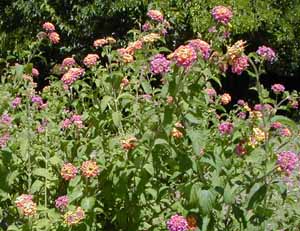
The genus Lantana, in the Family Verbenaceae, includes more than 150 species of hairy-leaved and often prickly-stemmed shrubs and herbaceous perennials native to the tropical Americas. Most are hardy only to USDA Zone 8. All produce verbena-like flowers in stalked clusters arising from the leaf axils or at the ends of branches. Spanish colonists were interested in lantanas first for their reputed medicinal value, using them to make infusions as a tonic for the stomach or to cure snake bites. Now most interest in these plants is for their colorful blossoms that are very attractive to butterflies and hummingbirds.

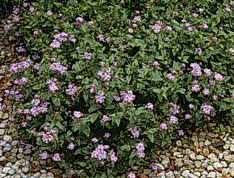
Common lantana (Lantana camara) is a small, tender perennial shrub with yellow, orange or red flowers. In cold climates, it can be grown as an annual. Trailing lantana (Lantana montevidensis) is a low-growing, spreading plant that produces a profusion of lavender, purple or white flowers which also attract butterflies. It is good for baskets or training into standards. Many cultivars are hybrids of these species.
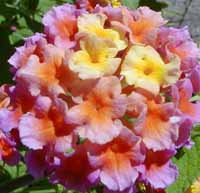
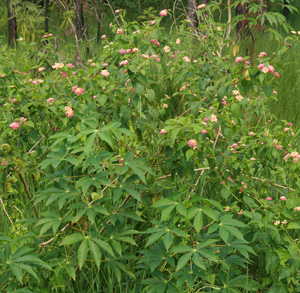
The flowers are borne in flat-topped clusters on a long stalk. Each individual flower is small and tubular. Depending on the variety, the flowers may be white, pink, or yellow, changing to orange or red. If successfully pollinated, plants produce fleshy berry-like green fruits that become bluish black. The unripe berries are poisonous, and the leaves can cause contact dermatitis or minor skin irritation in some people. (Another detrimental aspect is the leaves usually have a disagreeable odor when rubbed or crushed.) Deer and rabbits avoid feeding on lantana.
In some climates lantanas are troublesome weeds, spread mainly by birds that feed on Lantana fruits. Lantana is considered an invasive weed in Hawaii, Florida, Texas, eastern Australia, the Galapagos Islands and other islands and mild climate areas.
Lantana Landscape Uses
Lantana can be used in mixed beds or borders and is excellent in containers and hanging baskets. It can also be grown as a houseplant when provided with sufficient light.
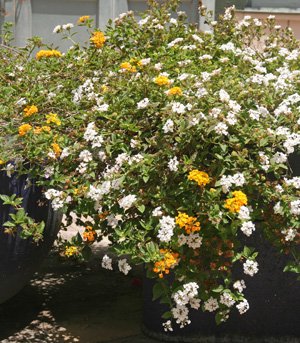
Lantana does best in full sun and hot temperatures in well drained soil. It is easy to grow and is heat, drought and sun tolerant. Too much water and fertilizer will reduce bloom. In containers, fertilize once a month during the growing season. Plants in the ground should not need any fertilization. The plants should be deadheaded to encourage continuous bloom. You can clip the individual faded flowers, or trim the whole plant with hedge clippers.
Propagating Lantana
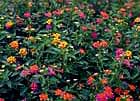
Lantana can be grown from seed or cuttings. Seedlings take a long time to bloom, however, so in our short season it is best to start with purchased plants or take hard wood cuttings in the fall to produce young plants for the following spring. Lantana is killed at 28° F, so must be protected from frosts and moved indoors for the winter if you wish to keep the plant.
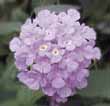
Cultivars of Lantana
There are many named varieties and hybrids of lantana available that are more compact, bloom earlier, produce more colorful flowers, or hold their flowers better in bad weather than the “common” type. Some new varieties are also almost sterile (rarely set seed), which means deadheading is not as important for continuous bloom and it is unlikely to become invasive in mild climates (although that’s not a concern in Wisconsin). Some common varieties include:
- BANDANA® series has a dense, mounded, habit and grows about 2 feet tall and wide. The series includes 13 colors.
- BANDOLERO™ series is large flowered with a well-branched, mounding habit, growing 18 to 24 inches tall and wide. Good for large containers. Available in 8 colors.
- BLOOMIFY™ series grows 14 to 20 inches tall by 12 to 18 inches wide, with a mounded habit. The first sterile lantana series. Available in orange, mango, pink, red, rose, and white.
- ‘Confetti’ produces multicolored yellow, pink and magenta flowers.
- ‘Dallas Red’ is a compact variety, growing 24 inches tall and wide. It is floriferous, with bright red flowers and blooms well.
- ‘Gold Mound’ is floriferous, with yellow orange flowers and a mounded habit. Sterile.
- ‘Irene’ is a compact variety with intense magenta flowers tinged with lemon yellow and orange that do not wash out in strong sun.
- LEMON SWIRL® (‘Variegata’) has variegated leaves and lemon yellow flowers.
- ‘New Gold’ has a compact habit, growing 12 to 24 inches tall and 24 to 48 inches wide. It is floriferous, with dark golden-yellow blooms which held just above the foliage. It is a sterile triploid and completely fruitless. One of the two most attractive Lantana varieties to native butterflies in trials at Auburn University in 2002 and 2003.
- ‘Radiation’ has multicolored yellow and coral flowers with orange throats and grows 3 to 5 feet tall and wide. One of the two most attractive Lantana varieties to native butterflies in trials at Auburn University in 2002 and 2003.
- ‘Silver Mound’ is floriferous, with creamy white flowers with gold eyes. It has a mounded habit and grows 18 to 24 inches tall by 24 to 30 inches wide.
- SPREADING SUNSET™ (variety ‘Monet’) has a mounded, spreading habit and grows about 6 inches tall by 30 inches wide. Flowers are vivid orange flowers with coral centers.
- WHITE LIGHTNIN’® (variety ‘Monma’) has a vigorous, trailing habit and white flowers.
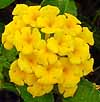
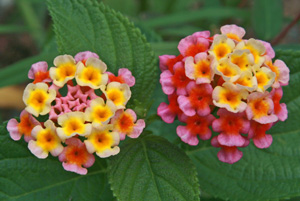
– Susan Mahr, University of Wisconsin – Madison
Last update: Allen R. Pyle, UW-Madison Extension, 2025

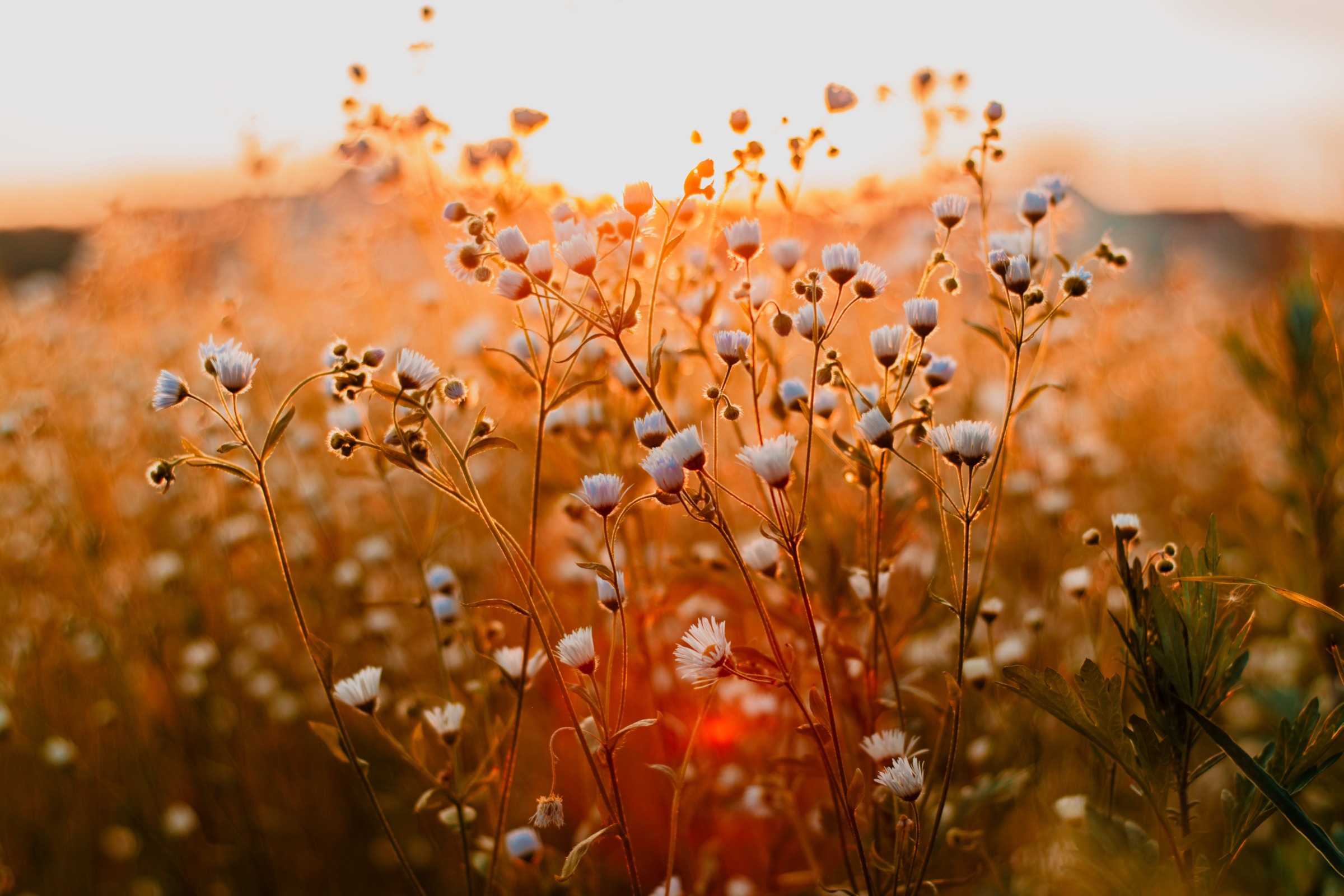
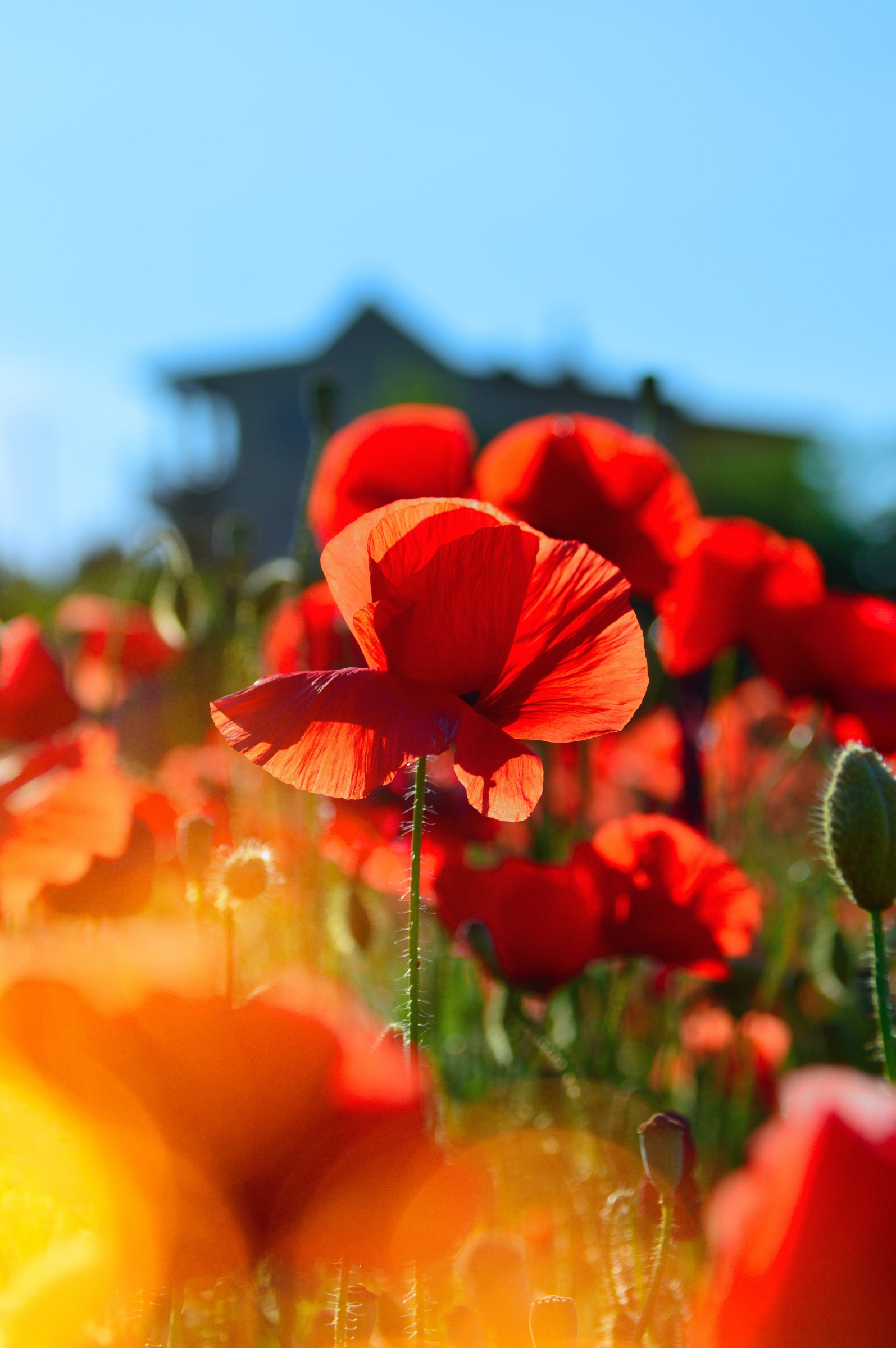
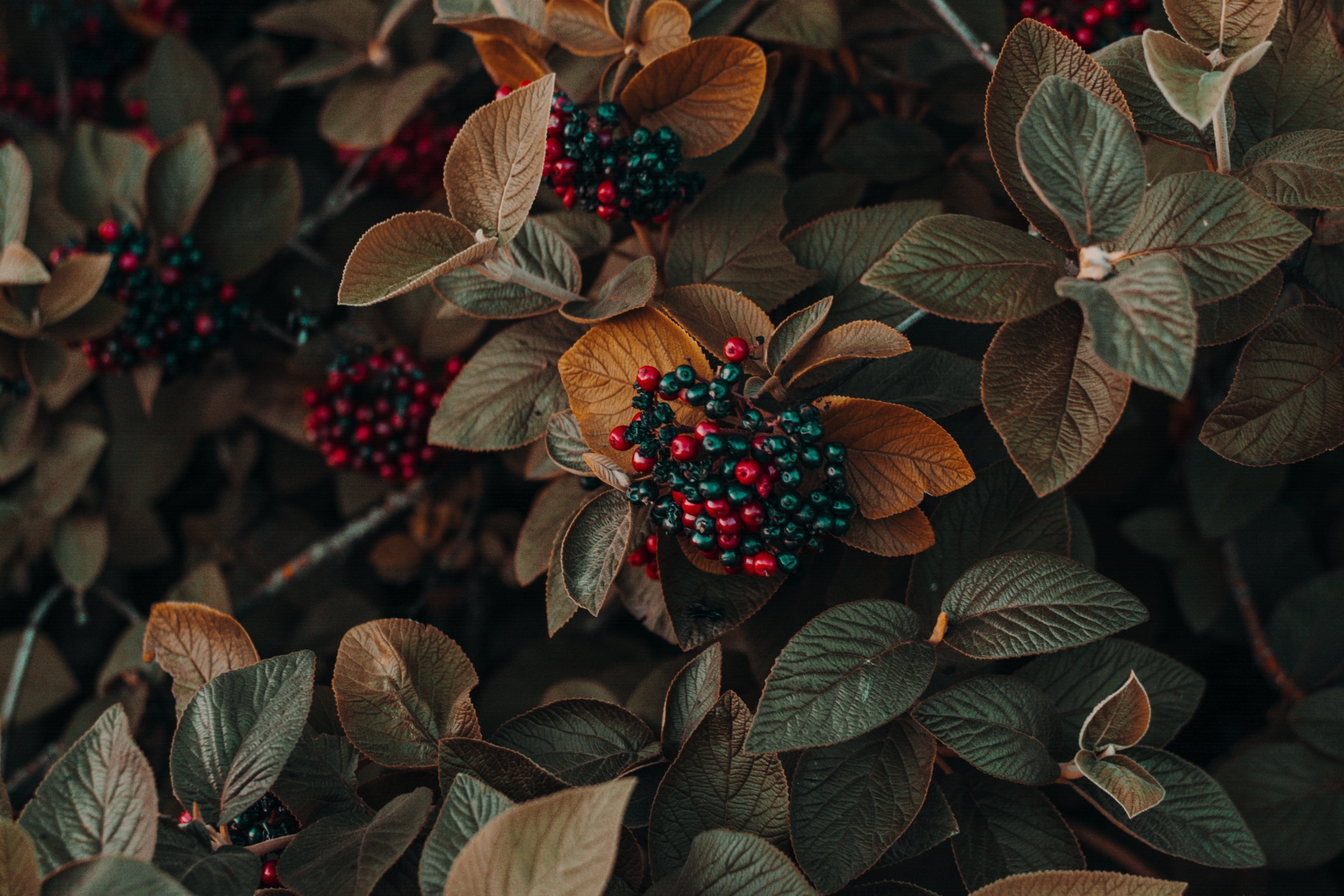

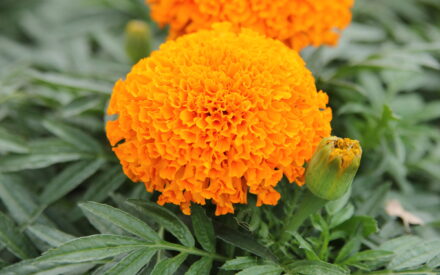 Marigolds
Marigolds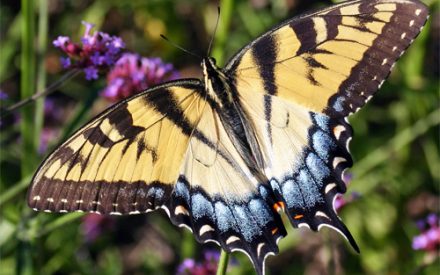 Create a Butterfly Garden
Create a Butterfly Garden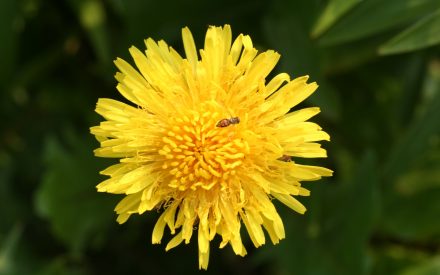 Plant Flowers to Encourage Beneficial Insects
Plant Flowers to Encourage Beneficial Insects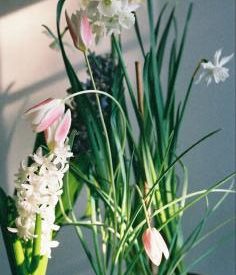 Forcing Bulbs
Forcing Bulbs


